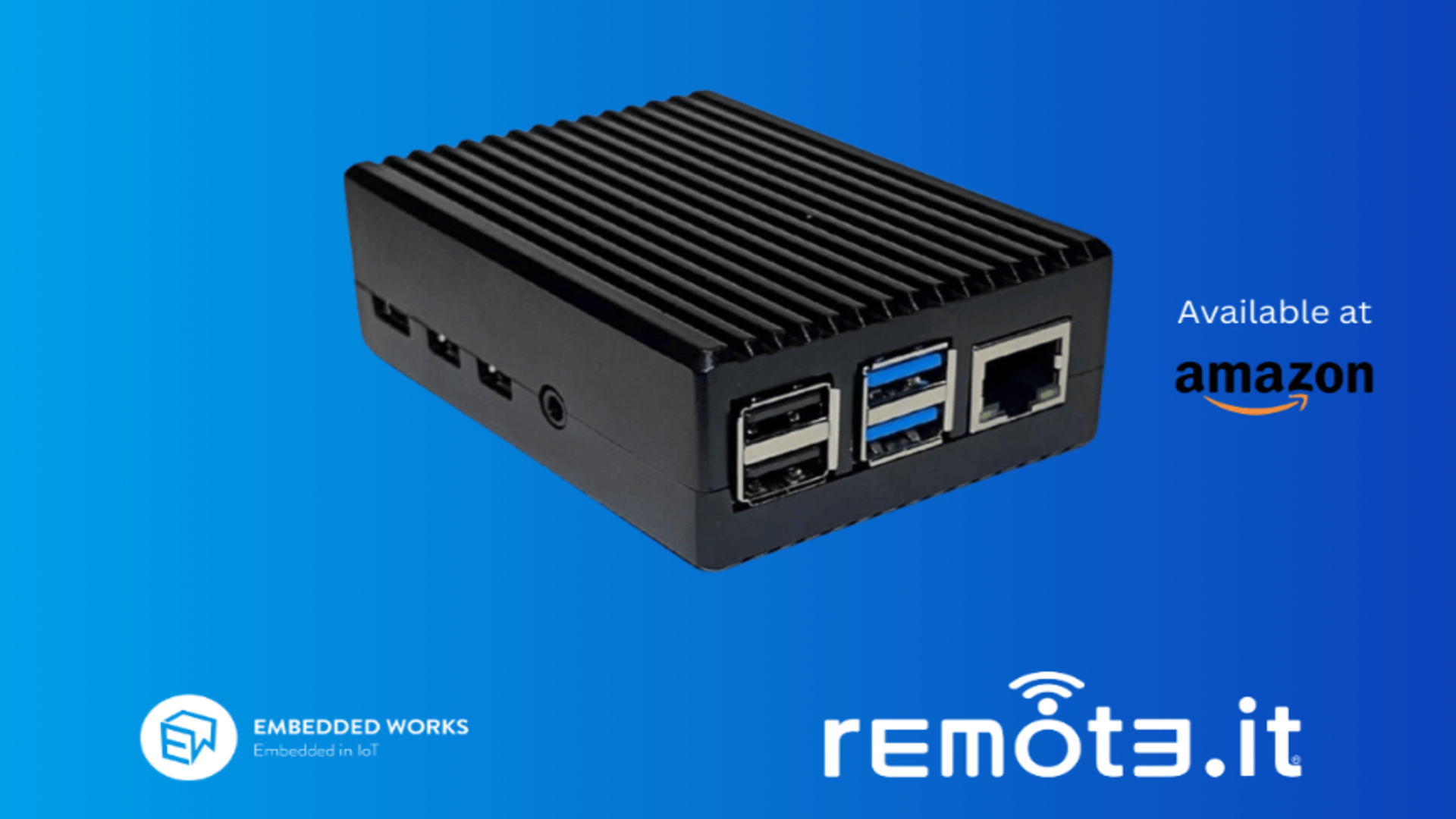'VPNs are fragile and limited' - startup wants to replace business virtual private networks with physical plug-and-play device
Zero setup, no licenses and get remote access anywhere

- Forget clunky VPN routers - Jumpbox pocket-sized tool promises encrypted remote access in seconds
- VPNs are fragile, says Remote.It - plug-and-play approach can fix that
- Jumpbox delivers centralized remote access without exposing devices to the public internet
SaaS network firm Remote.It has introduced a new hardware-based alternative to traditional business VPN tools.
Developed in collaboration with IoT connectivity firm Embedded Works, Jumpbox aims to reduce reliance on VPNs by offering plug-and-play remote access without the need for manual network configuration.
“VPNs are fragile and limited," noted Remote.It CEO Ryo Koyama, "each endpoint can only be connected to one VPN at a time (or you have to embed a series of VPNs so multiple networks can communicate). But that makes the whole network even more dependent on a series of configurations being correct and updated.”
Challenging conventional VPNs
Koyama argues Jumpbox offers a more stable and centralized alternative, allowing administrators to monitor and manage multiple networks simultaneously.
“The Jumpbox is designed as an always there connection that doesn't have the same weak points VPNs have," he claimed. "With Jumpbox an admin could be monitoring, updating, troubleshooting multiple network connections at the same time,"
Despite this claim, the broader market has not fully abandoned VPNs, with many businesses investing in the best VPN router for added control and flexibility.
Remote.It’s approach hinges on replacing these with a zero-configuration setup that works out of the box, featuring 2 USB 2.0 ports, 2 USB 3.0 ports, 1 Gigabit Ethernet port, 1 HDMI, and a 3.5mm audio jack, all powered by a 1.8 GHz CPU and support for Wi-Fi 6, 5G, Bluetooth, Starlink and a 64GB microSD.
The Jumpbox comes pre-loaded with Remote.It’s software and offers encrypted access via cellular networks, making it particularly appealing to companies managing devices at dispersed sites.
While Remote.It has not explicitly branded the Jumpbox as a ZTNA solution, it does offer centralized control, encrypted tunnels, and out-of-band management capabilities like many similar services, as well as the ability to access devices without exposing them to the public internet, an important principle in Zero Trust frameworks.
“There is a vast number of Internet and IoT connected devices that don't have any remote management systems," noted Andy Do, President of Embedded Works, "and for those that do, it is usually very costly to purchase an annual license per device.”
This device, currently available on Amazon for $99.99, comes with a one-year Remote.It Business Plan and also offers unlimited device access and technical support.
You might also like
- These are the best firewalls around today
- Also take a look at the best endpoint protection software around
- This tiny USB flash drive comes with a feature every storage device vendor should offer: a fingerprint reader
Sign up to the TechRadar Pro newsletter to get all the top news, opinion, features and guidance your business needs to succeed!

Efosa has been writing about technology for over 7 years, initially driven by curiosity but now fueled by a strong passion for the field. He holds both a Master's and a PhD in sciences, which provided him with a solid foundation in analytical thinking.
You must confirm your public display name before commenting
Please logout and then login again, you will then be prompted to enter your display name.